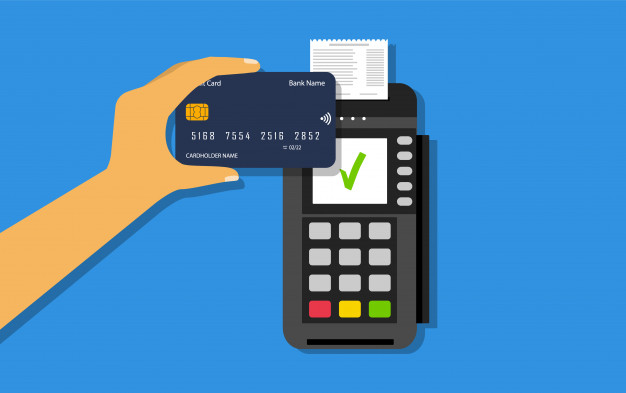AUTHOR : SAYYED NUZAT
DATE : 05-09-2023

In today’s fast-paced world, the way we conduct financial transactions[1] has undergone a significant transformation[2]. Gone are the days of carrying wads of cash or writing checks; instead, we now rely on the convenience of wireless payment processing[3]. This article explores the evolution of wireless payment[4] processing, from its humble beginnings to the sophisticated systems[5] we use today.
Introduction
In this digital age, where time is of the essence, the need for seamless, secure, and efficient payment methods is paramount. Wireless payment processing has emerged as a game-changer in the financial industry, revolutionizing how we pay for goods and also services.
The Early Days of Wireless Payments
1. Inception of Wireless Payments
Wireless payment processing traces its roots back to the early 1990s when companies began experimenting with the concept of contactless payments.
2. RFID Technology
One of the first breakthroughs was the introduction of Radio-Frequency Identification (RFID) technology, which enabled payments through radio waves.
3. Limited Adoption
However, the adoption of wireless payments [1]in these initial stages was relatively limited due to concerns about security and infrastructure.
The Rise of Mobile Wallets
4. Emergence of Mobile Wallets
The mid-2000s saw the birth of mobile wallets, such as Apple Pay, Google Wallet, [2]and Samsung Pay, which allowed users to link their payment cards to their smartphones.
5. NFC Technology
These mobile wallets relied on Near Field Communication (NFC) [3]technology, making it possible to make secure payments by simply tapping your phone.
6. Rapid Acceptance
The convenience and security offered by mobile wallets quickly gained popularity among consumers and businesses alike.
Contactless Cards
7. Introduction of Contactless Cards
Contactless debit and credit cards soon followed suit, allowing users to make quick and secure payments by tapping their cards on payment terminals.
8. Global Adoption
Contactless cards have seen global adoption, with many countries making them the standard for everyday transactions.
The Role of Wearables
9. Wearable Payment Devices
The integration of payment capabilities into wearable devices like smartwatches and fitness trackers has further expanded the realm of wireless payments.
10. Convenience Redefined
Now, users can make payments without even reaching for their smartphones, making the process even more seamless.
The Future of Wireless Payment Processing
11. Biometric Authentication
The future of wireless payment processing holds exciting prospects, including increased use of biometric authentication methods like fingerprint and facial recognition.
12. Blockchain and Cryptocurrencies
Blockchain technology and cryptocurrencies are also making their mark in the world of wireless payments, offering enhanced security and decentralization.

13. Enhanced Security Measures
As wireless payment processing evolves, so do the security measures in place, ensuring that your financial transactions remain safe and secure.
Conclusion
In conclusion, wireless payment processing has come a long way since its inception. From the early experiments with RFID technology to the widespread adoption of mobile wallets and contactless cards, it has redefined the way we handle our finances. As we look ahead, the future promises even more innovation and security in the world of wireless payments.
FAQs
1. Is wireless payment processing secure?
Yes, wireless payment processing employs advanced security measures like encryption and also tokenization to ensure your financial information remains safe.
2. Can I use wireless payment methods internationally?
Most wireless payment methods, like mobile wallets and also contactless cards, can be used internationally wherever the payment infrastructure supports them.
3. How do I set up a mobile wallet on my smartphone?
Setting up a mobile wallet is usually a straightforward process. You can download the app, add your payment cards, and also follow the on-screen instructions.
4. Are cryptocurrencies widely accepted for wireless payments?,
While cryptocurrencies are gaining acceptance, their use for wireless payments is not as widespread as traditional payment methods. It varies by region and service provider.
5. What should I do if my contactless card is lost or stolen?
If your contactless card is lost or stolen, immediately contact your bank or card issuer to report it and also have it blocked to prevent unauthorized use.






